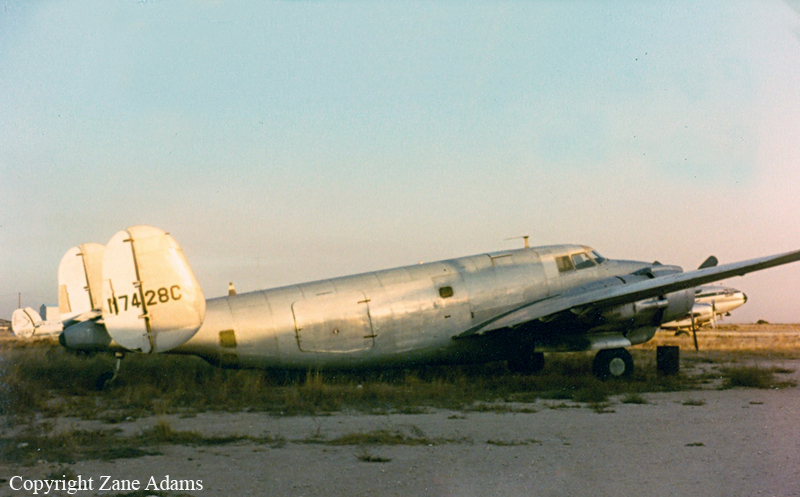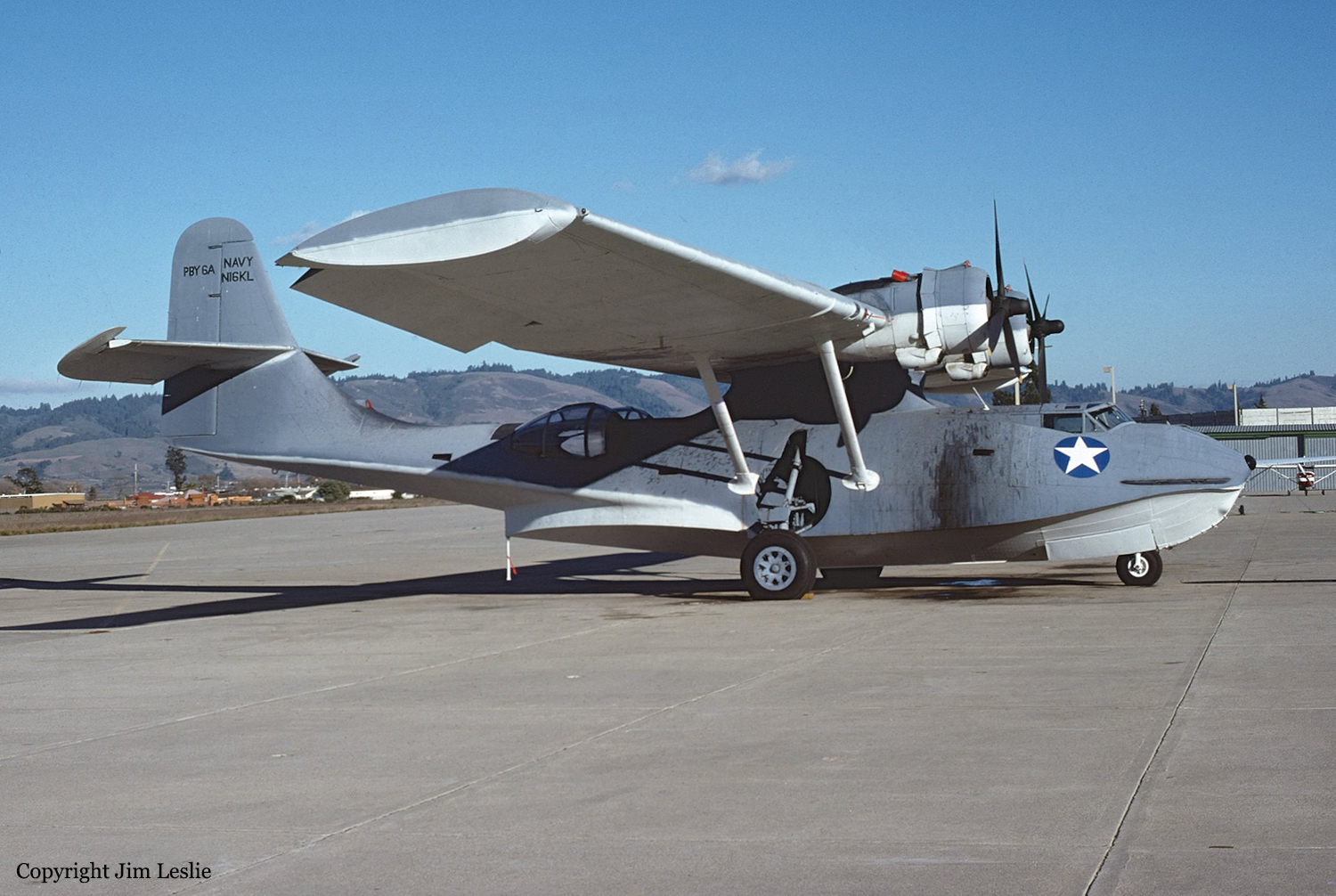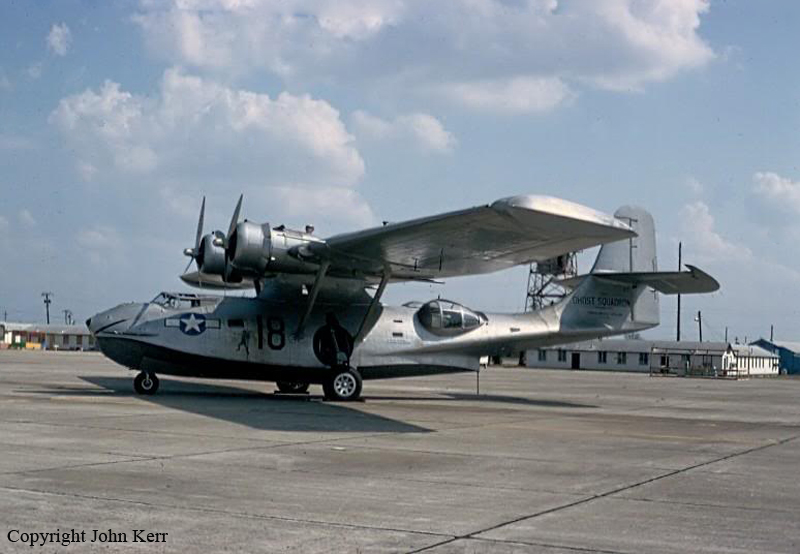Ground accident of a Lockheed P-2V Harpoon in Conroe
Date & Time:
Sep 16, 1990 at 1326 LT
Registration:
N7428C
Survivors:
Yes
Schedule:
Conroe - Lafayette
MSN:
15-1228
YOM:
1944
Crew on board:
4
Crew fatalities:
Pax on board:
0
Pax fatalities:
Other fatalities:
Total fatalities:
0
Captain / Total hours on type:
500.00
Aircraft flight hours:
1900
Circumstances:
During taxi to takeoff the crew sensed an odor similar to an electrical fire, and smoke became apparent in the cockpit. Both generators and the battery master were secured. The right generator would not accept a load and smoke was coming from the right wing accessory jbox in the right wheel well. Three occupants deplaned and initially extinguished the fire, which reignited due to hot metal and compromised fuel/oil lines. All systems were secured and the pilot then evacuated the airplane, which was consumed by the fire. The pilot estimated that fire fighting equipment did not arrive for 20-25 minutes after the fire began. Faa inspectors were unable to determine the fire source from the burned wreckage. However, the operator's report stated that the right starter solenoid did not open after engine start causing the starter to remain linked to the electrical system. This resulted in a system overload and subsequent electrical fire. Both fuel and oil lines were routed through the right wheel well for cockpit indications.
Probable cause:
The engine starter remained engaged after engine start and the electrical system overheat.
Final Report:





